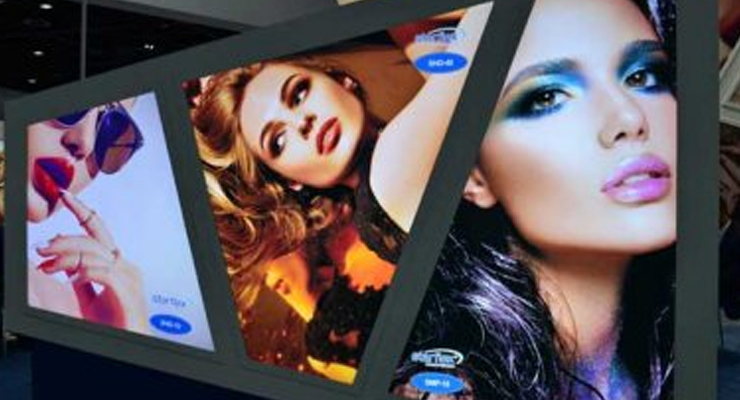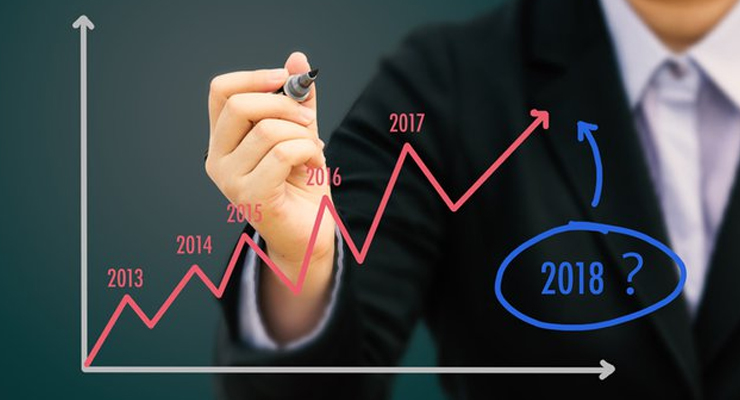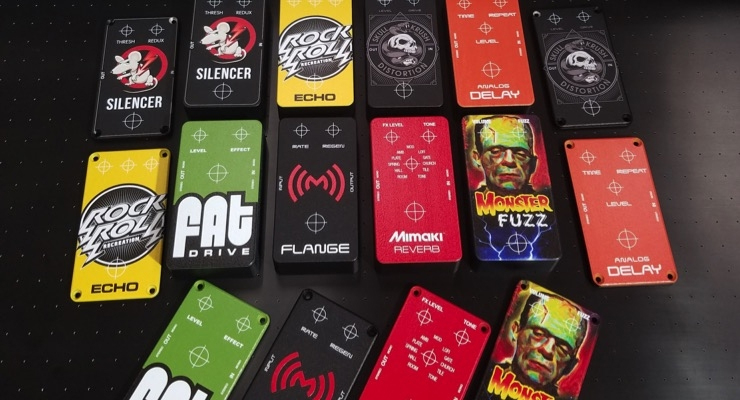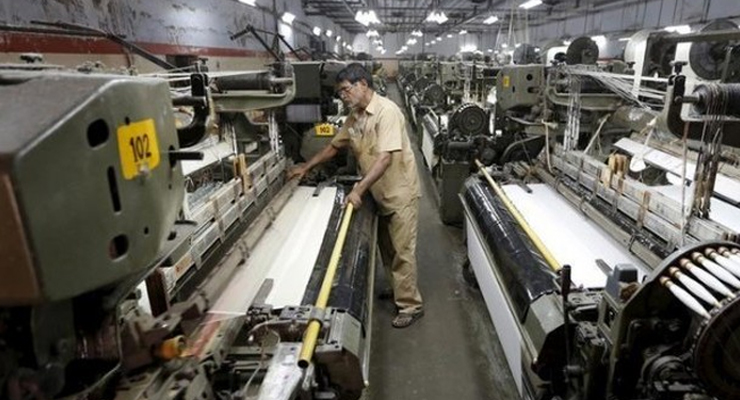
Digital textile printing market to grow 18pc by 2021
March 3, 20182017 was an innovative year for digital signage, and 2018 promises to have even more going on. Both organizations and the public have embraced the digitalization of…well, everything…and they want more.
Displays get cooler
Screens are going to get even wider than they are now, yet slimmer than ever before. The advance word is that technology for reflective displays —full color e-paper displays that are flexible and less than a micrometer thick that reflect light rather than emitting it, like real paper — has made some serious breakthroughs. In the interim, 2018 should see a 42-inch black and white e-paper display hit the consumer market. Refresh rates for these displays still prevent using rich video, but many organizations are taking to E Ink® screens. They’re cheap to buy, cheap to use and mobile.
LCD screens will see much higher resolutions. 2018 will be the year that UHD becomes the new standard. And there’ll be more colors as well, as the industry moves from sRGB to BT.2020, which not only has 4K and 8K resolutions of 3840 by 2160 and 7680 by 4320, but frame rates of up to 120p, and boasts a color field that is very possibly greater than what the human eye can actually perceive.
Video walls are becoming more commonplace in all sorts of configurations, with non-rectangular displays, ultra-thin bezels and more. Expect to see the number of video walls increase exponentially throughout the year.
One innovation currently being developed for screens is the use of haptics. Electrostatic fields can fool human fingers, stimulating nerve impulses that register in the brain as various physical textures – smooth, bumpy, rough etc. The haptic technologies being developed will be overlays that can fit over any existing touchscreen, and add a totally new dimension to interactive displays.
Content gets more responsive
The trend of increased personalization and interactivity we saw this year will continue in 2018. While there are still challenges in creating a truly individualized experience at the screen, there will certainly be advances made as data flows improve to influence the point of customer contact.
2018 will see a huge increase in responsive and automated content. Sensors on the actual displays, as well as data feeds from computers and the web, will adjust content according to real-world conditions. If it looks like rain, ads for umbrellas and indoor activities will be shown; if it’s sunny, maybe the displays will decide to show ads for a local water park or an outdoor music festival. The playlist will no longer be entirely in the hands of the people scheduling content – computers will make certain choices based on external data correlations.
Smart gets smarter
Smart programs and AI are entering the field, allowing an unprecedented scaling of data analysis and integration. Data feeds will become messages in their own right, without outside intervention. Just like the CAP alert system can automatically trigger localized alerts based on data coming from outside sources, digital signage systems will be able to target messages to specific displays based on the data they are receiving and analyzing.
This will allow better integrated and linked promotions. Systems will be able to act like a team member in their own right —sifting through enormous amounts of information and making suggestions as to what content should be displayed where, and when. This will allow cross-promotion on a completely new scale. Layered, integrated campaigns that combine with people’s mobile technology (smartphones and the like) will truly be possible.
Physical and digital blur
People already spend an astonishing amount of time connected to the online digital world, and this will just become more prevalent. In fact, 2018 will continue the major trend of the foreseeable future: the blurring of the lines between the digital and the physical world.
We will see much more Augmented Reality and Virtual Reality In addition, 2018 should see more integration of digital signage and technologies into real-world events. Displays will not only show messages promoting events, they will become integral parts of the events themselves. There will also be a dramatic increase in the amount of outdoor digital signage, from huge displays to small interactive kiosks, some of which will be able to interact with a person’s smartphone or tablet.
Beacons and geofencing will finally come into their own in 2018. When people enter a designated area, they will receive prompts to download an app that will allow them to interact with the invisible but information-rich world on site —digital messages sent right to their device, turn-by-turn wayfinding directions and much more. The separation between the digital and the physical, as well as the organizational and the personal, is eroding and becoming much more of a single, multi-channel experience.
Narratives make more impact
The next year will also see a preference for campaigns and long-tail narratives over more traditional one-shot messages. Thinking long-term and creating communications that are far more than simple ads will be key to cutting through the huge amount of information flowing around people. And research shows that Millennials, the fastest growing segment of consumers and the workforce, dislike direct marketing. They prefer more indirect approaches like narratives and stories that incorporate the sales message, content marketing and influencer marketing.
Companies are now behaving in a similar fashion – they are starting to prefer comprehensive solutions rather than individual products. Digital signage providers that offer a smorgasbord of options such as cloud-based hosting, content creation or curation, interactive designs, consulting, etc, will have more success than companies that simply have a widget to sell. People are looking for relationships that last over time. Even Microsoft Office has gone the subscription route, and both individuals and organizations show they prefer this perpetual approach to one-time purchases.
More, better faster
2018 is poised to be the most exciting year yet in digital signage. Things are getting more integrated, more comprehensive, faster, smarter, and better looking.
But remember that all this technology is built around people – to streamline workflows, enhance communications, increase engagement and build community. So, make sure that 2018 is the year of the customer for you. Relate to your audience as human beings, and not just as a source of income or consumers of your product. Give them what they want, and what they want is more access to more comprehensive, more personalized communications
Image via Istock.com.




